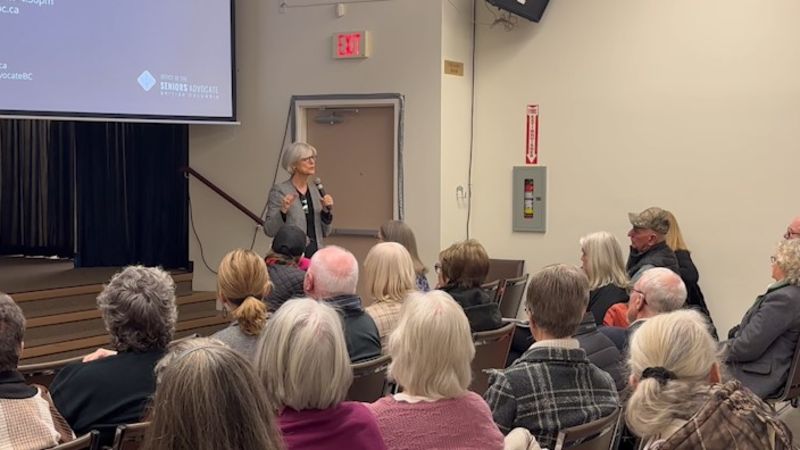
Rural seniors face more challenges than their urban counterparts
PRINCE GEORGE – The Office of the Seniors Advocate, Isobel Mackenzie, was in Prince George for a town hall-style meeting the day after she released a report summarizing the disproportionate challenges to healthy aging experienced by seniors living in B.C.’s rural communities.
“Seniors everywhere experience difficulties related to aging but as I’ve traveled the province and examined the data, it’s clear that people who live far from urban centers face even greater obstacles because they have fewer services and resources to support them,” says Mackenzie.
The report ‘Resilient and Resourceful: Challenges Facing BC’s Rural Seniors’ looks at the differences between rural and urban seniors’ populations and examines a range of services and supports to compare service levels between what is available in both rural and urban B.C. Overall, the report concludes that rural B.C. has a proportionately higher and faster-growing seniors population with fewer resources and services when compared to the urban seniors population.
